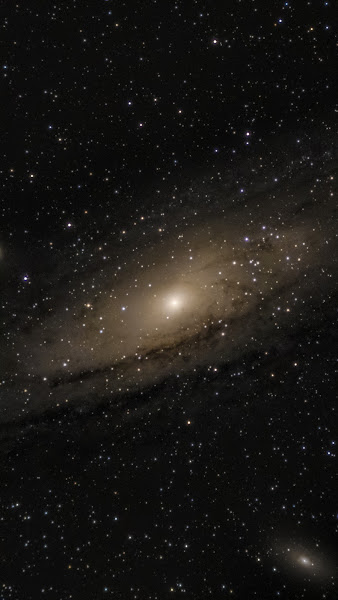After a few days of fiddling with the new telescope mount and b&w astro camera, I've decided to descend further into the rabbit hole and get an ASIAIR camera controller, basically a Raspberry Pi computer stuffed into a little box. Solar imaging connected by cable to a laptop just isn't going to cut it. The screen is hard to see in daylight to focus, and the cables I have are too short. Rather than buying new cables, I'll apply those funds to the (mostly) wireless ASIAIR. (I'll still need to use a power cord of course.)
The mount is extremely stable, but also extremely hard to see through the polar scope to align. I was reading through the Sky Watcher manual, and instructions on how to set the mount's setting circles is in the same section as polar aligning. After reading through the setting circles procedure, I was regretting my purchase decision. But after some further research I figured out that a Goto scope really doesn't need setting circles. All that is needed is an accurate polar alignment, and supposedly the ASIAIR will help with that also. That will have to wait until November due to our upcoming travel schedule.
I did use the telescope on the mount and the 6D Mark II to get this sun image, but I slewed over to it with the controller rather than using Goto. Unlike a few recent images shot with the DSLR lens filter, this is the color of the filter and the image is not colorized. The sunspots are getting interesting.
I look through old images from time to time. I took this Nov. 11, 2019 with the film filter on the 100-400mm lens/5D Mark III. The only way you can tell this is in focus is the tiny dot near the center of the Sun, which is the planet Mercury transiting. I tried my new Photoshop tricks to get more texture on the surface, and nothing. I can only imagine that the lens film filter doesn't pass those details like the lens glass filter or the telescope filter do. It's my practice lately not to upsize solar and lunar images if they are smaller than 1200x1800 pixels, so this disk is smaller than the first one. Obviously I didn't use the teleconverter that day.

Update: For years I had a Coronado Personal Solar Telescope (PST), but the internal mechanism corroded and I sold it on eBay for parts. I was never able to see much through it anyway, and it was impossible to attach a camera to it. The best I ever did was use a cell phone bracket to look through the eyepiece. So anyway, rather than go down the Coronado (Meade) road again, I ordered a 50mm scope from Lunt. I looked at something larger, but an 80mm costs at least 5x the 50mm, which is about the same price as a PST. I expect the customer service to be much better than Meade/Coronado, which is basically bankrupt. I think Meade makes (made?) their telescopes in Mexico. Lunt is an American company staffed with real people in Tuscon, Arizona.
Lunt builds telescopes to order, and they were backlogged leading up to the recent eclipses. But there are no eclipses coming soon, and they told me the wait time is eight weeks. Just in time for Christmas, and maybe I will figure out my telescope mount by then.
Updated Update: I received the Lunt solar scope Nov. 14, almost three weeks ahead of schedule. Yay! The weather forecast says it is going to snow the next few days and the sun isn't going to come out until the 19th. Groan! But it looks like a beautifully-made device.





















